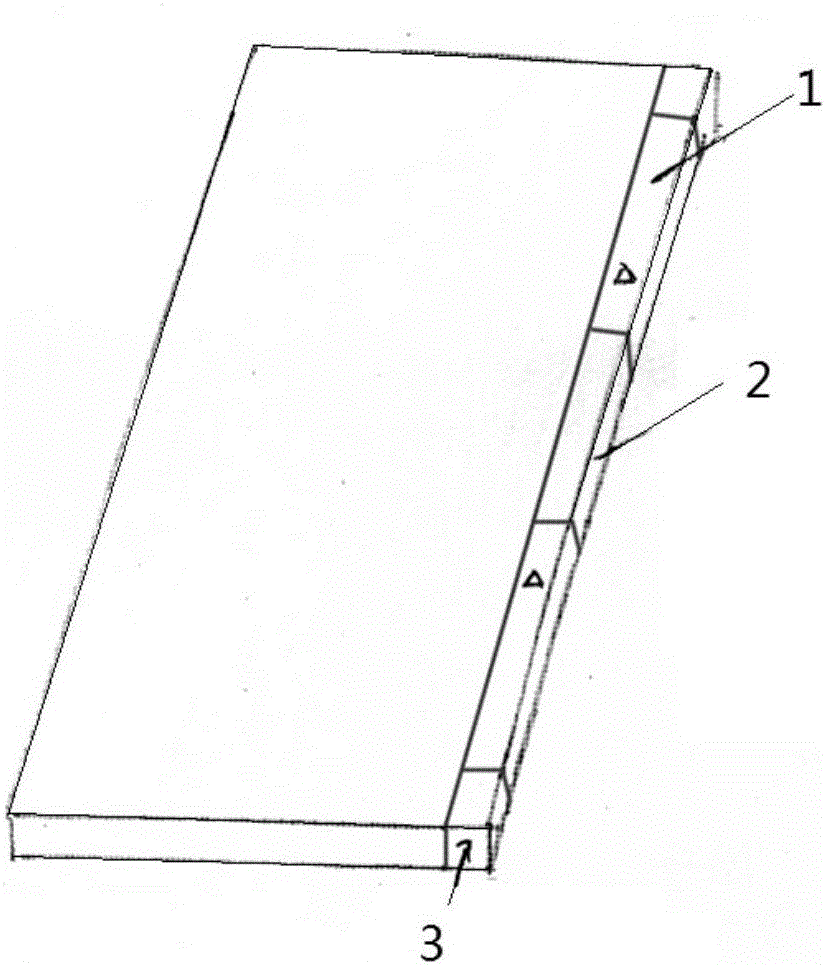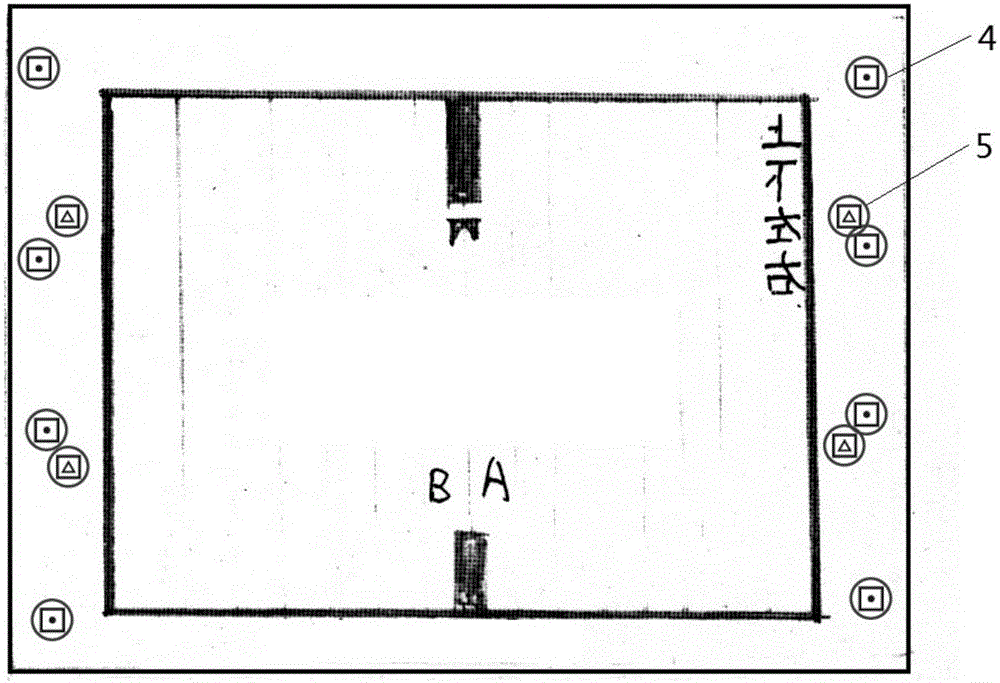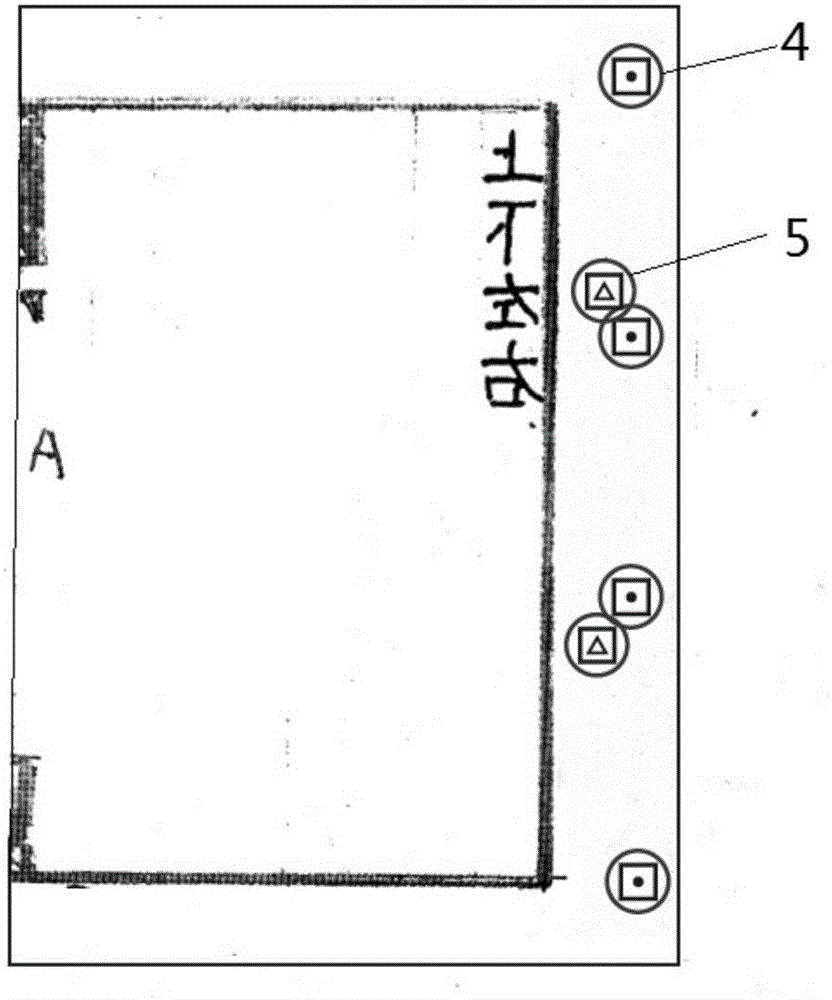Technology for repairing ancient books of Song and Yuan dynasties by adopting page infolding, thread binding and wrapped-ridge binding technique
A technology of inner folding and binding, applied in the field of restoration of ancient books, can solve the problems of easy degumming of glue, easy falling of book leaves, inconvenient reading, etc.
- Summary
- Abstract
- Description
- Claims
- Application Information
AI Technical Summary
Problems solved by technology
Method used
Image
Examples
Embodiment Construction
[0042] In order to make the technical means, creative features, objectives and effects achieved by the present invention easy to understand, the present invention will be further described below in conjunction with specific embodiments.
[0043] see figure 1 , a process for repairing ancient books of the Song and Yuan Dynasties using the technology of inner folding and thread-binding, back-packing and frame-binding, taking the ancient books that have been converted into thread-bound styles as an example, including the following steps:
[0044] A. If figure 1 As shown in the figure, cut and remove the nail lines at the book head 1, book back 2, and book corner 3 of the Song and Yuan ancient books, and pull out the paper twist nails that fix the book leaves;
[0045] B. see figure 2 , spread out the book leaves, with the text facing down, and use the same texture and color for the holes left when the original thread is installed on both sides of the page (including the hole 4...
PUM
 Login to View More
Login to View More Abstract
Description
Claims
Application Information
 Login to View More
Login to View More - R&D
- Intellectual Property
- Life Sciences
- Materials
- Tech Scout
- Unparalleled Data Quality
- Higher Quality Content
- 60% Fewer Hallucinations
Browse by: Latest US Patents, China's latest patents, Technical Efficacy Thesaurus, Application Domain, Technology Topic, Popular Technical Reports.
© 2025 PatSnap. All rights reserved.Legal|Privacy policy|Modern Slavery Act Transparency Statement|Sitemap|About US| Contact US: help@patsnap.com



